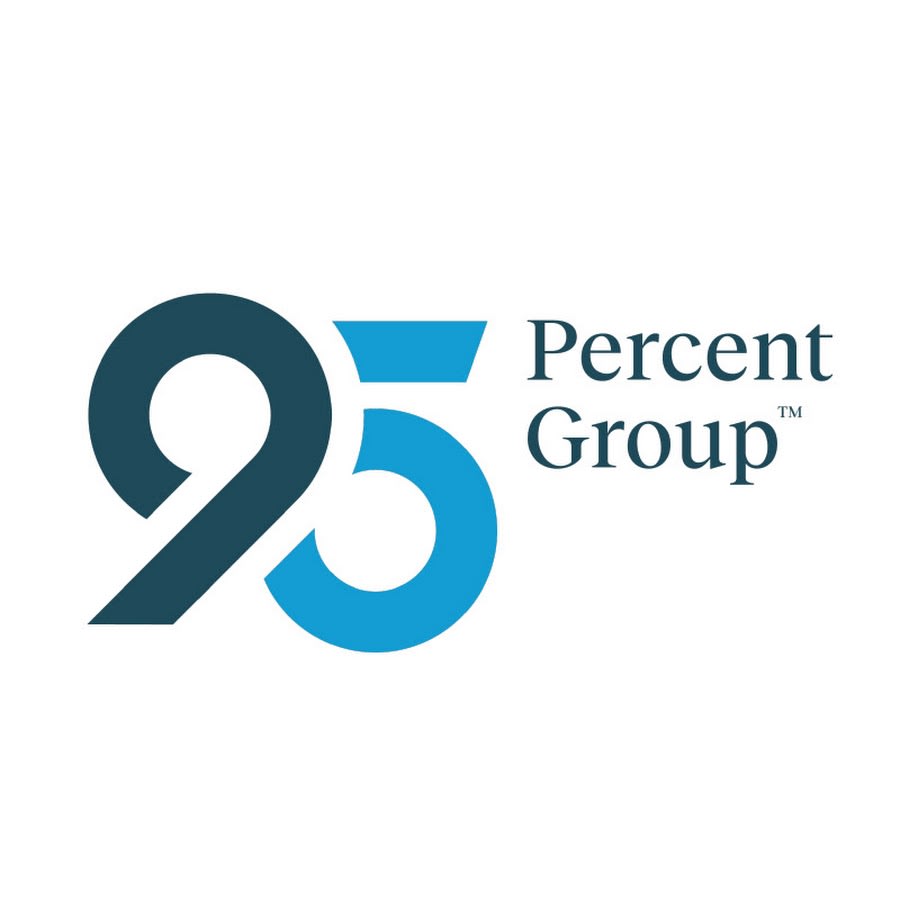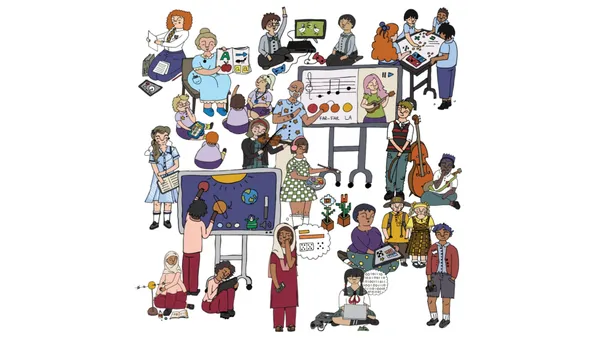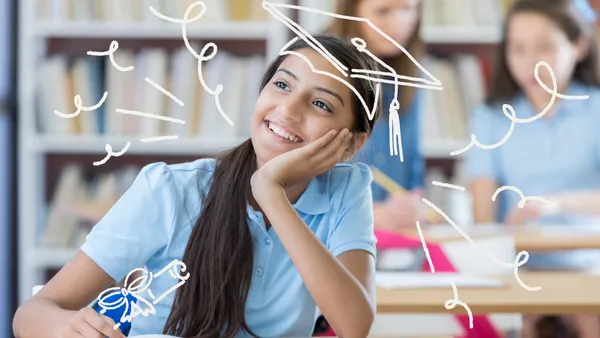Dive Brief:
- At their root, restorative discipline approaches encourage teachers to approach issues proactively and supportively, creating classroom conditions where problems are less likely to arise and easier to resolve if they do, Edutopia reports.
- Some key steps to achieving proactive discipline in the classroom involve relationship-building with students, developing classroom norms with student input, and making classroom expectations clear.
- Supportive and responsive discipline involves modeling good behavior, reminding students of expectations, using positive language, rewarding effort and growth, using non-verbal signals as much as possible, and connecting with students to offer support or having a one-on-one “restorative chat” with a student when problematic behavior arises.
Dive Insight:
Bullying continues to be a problem that plagues many schools. In a recent survey, one-third of students reported experiencing bullying in school — a rate that seems to be increasing despite the use of anti-bullying efforts. Bullying can harm students and affect their academic performance and attendance rates, and school leaders bear some legal responsibilities regarding in addressing and preventing this from taking place.
However, the problems created by bullying and other troubled school behavior are not easy to solve. A recent study indicated that many anti-bullying measures schools are using are ineffective, and, in some cases, are counter-productive. In addition, solutions such as zero-tolerance policies and out-of-school suspensions are often blamed for phenomena like the school-to-prison pipeline.
However, many schools are rethinking discipline and looking at alternatives to suspensions, including more positive approaches like restorative practices. These methods look at problems with student behavior as opportunities to explore the roots of the problems and teach students how to react more appropriately in the future. Because the approach depends on relationship building, it takes more time than responsive discipline. However, these more positive approaches are also more conducive to learning and can help these students become more productive citizens in the long run.













